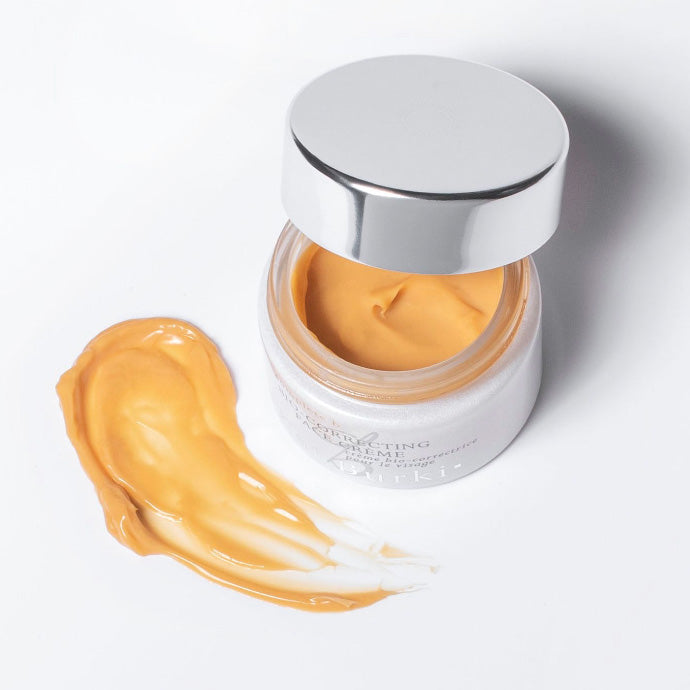Looking for a multifaceted skincare savior? Look no further than niacinamide, an ingredient whose many benefits have made it a favorite among dermatologists and skincare experts alike.
Also known as vitamin B3 or nicotinamide, this essential nutrient helps build proteins in the skin, offers protection against environmental damage, and boosts the effectiveness of other skincare products and can be found in an increasing number of skincare products. Unlike other forms of vitamin B, such as nicotinic acid, niacinamide will not cause the skin to flush when applied topically.
Like many actives however, there is a right and a wrong way to go about using niacinamide. To learn how to use niacinamide correctly (and if you’re wondering “what is niacinamide” to begin with) read on.
What is Niacinamide?
A synthetic, water soluble form of vitamin B3, niacinamide is an essential nutrient that helps build keratin proteins in the skin to keep it firm and offers protection against environmental damage by supporting skin barrier function. Our bodies do not naturally produce B3 so it has to be consumed orally or applied topically.
What really sets niacinamide apart as a skincare ingredient is its versatility and tolerance by all skin types. Stable and not prone to oxidation, it is compatible with a host of other actives such as retinol, peptides, hyaluronic acid, AHAs, BHAs and vitamin C, and is suitable for use by those with sensitive or rosacea-prone skin, making it a true must-have for anyone looking for a multitasker with proven scientific claims.
What does Niacinamide do?
Studies1 have shown that when used topically, niacinamide has the potential to act as an antioxidant, decrease skin hyperpigmentation, decrease the appearance of pores, reduce fine lines and wrinkles, calm redness, and improve skin elasticity. An impressive list of benefits!
Niacinamide also has anti-inflammatory properties that make it helpful in the treatment of rosacea, and has been found to inhibit the production of oil, which can benefit acne-prone skin. Regular use of niacinamide has also been found to have a stabilizing effect on epidermal barrier function, reducing transepidermal water loss and boosting moisture levels in the skin2. So if you’re wondering ‘What is niacinamide good for?’, the answer is, well, ‘Everything’ (almost).
How to use Niacinamide
Niacinamide can be used daily as part of your morning and evening skincare routine, after cleansing and before moisturizing. Unlike many other actives, it can also be used alone or in combination with other skincare ingredients, such as AHAs, vitamin C, hyaluronic acid, and retinol to boost their effectiveness.
Typically, niacinamide is offered in serums to be applied before your moisturizer. Niacinamide is usually well-tolerated, since most formulas use low concentrations to deliver benefits; but when concentrations are high, niacinamide, side effects can include skin irritation. As always, follow up with sunscreen to avoid undoing all the hard work this hero active does.
How long does niacinamide take to work?
As with most actives and skincare routines, the most important part of your regimen is consistency. You should start to see results after 2-4 weeks of daily use, but niacinamide’s benefits will truly be visible after 8-12 weeks for concerns such as hyperpigmentation. This is how to use niacinamide for optimum results, so try and keep a consistent daily routine to make the most of this versatile ingredient!
Here, our top Niacinamide picks:
